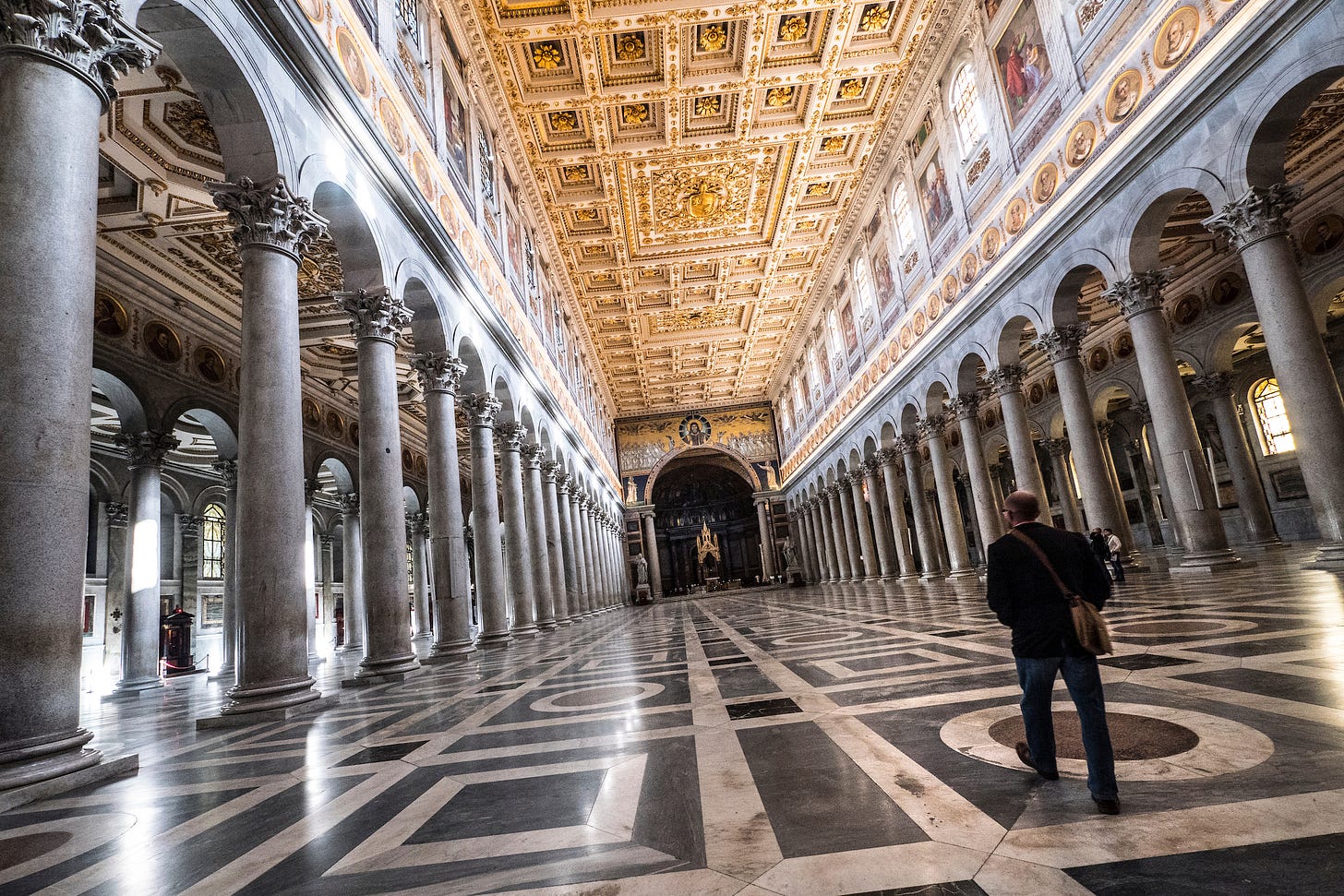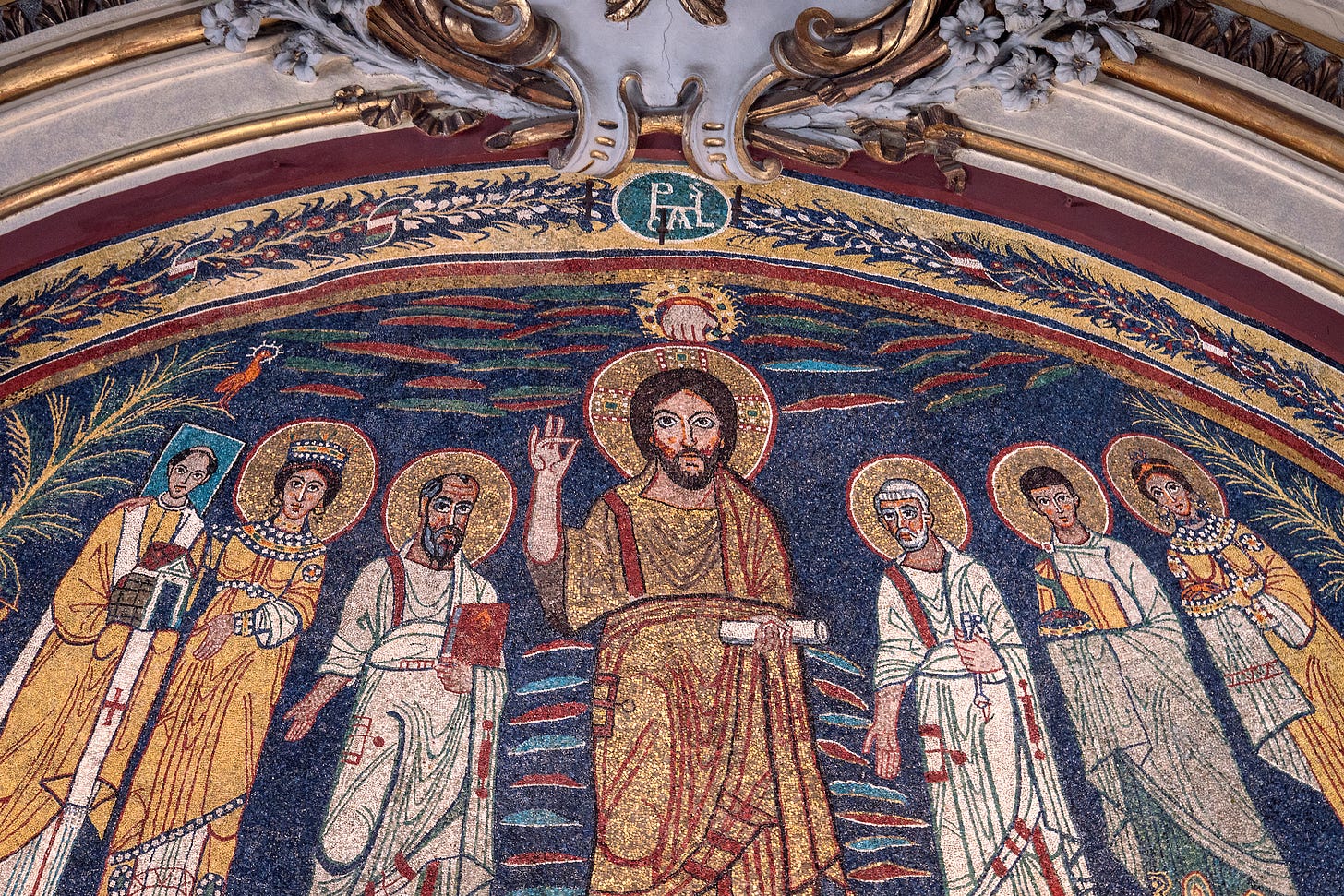Easter, AD 428
It was a different time, with men sitting on poles and heretics around every corner.

One thing I miss about being a pastor is having a captive audience of people who are interested in the same obscurantia as I am. As a preacher, I prided myself on always giving context — e.g., reminding listeners how the Synoptic Gospels were formed, or what was the situation in a city to which Paul sent a letter.
In my last (and final) pastoral gig, I also did a lot of teaching, which I loved. It was a large, wealthy, well-educated UCC congregation with a bunch of parishioners who dug church history, same as me. That allowed me to teach classes on how Christmas has been celebrated through the ages. Alas, I did not last until Lent, or I would have offered a sequel about Easter.
This morning, I finished a book titled, 428 AD: An Ordinary Year at the End of the Roman Empire. And since I don’t have a congregation to talk to, you get to hear about it.
For over three decades, I’ve been interested in (obsessed with) the fourth and fifth centuries — the transition from the traditional gods of Rome and evirons to the dominance of Christianity; the balance-of-power shift from West to East; the decline and fall of the Roman Empire (to borrow a phrase). So that book, probably supremely boring to most people, is perfect for me in that it takes a tour around what was left of the empire in 428 — that’s the year Armenia left the empire, the first of many regions that exited between the first sack of Rome in 410 and her ultimate fall in 476.

Things were different in 428. For one, the date of Easter had only recently been firmed up, as the first Sunday after the vernal equinox — churchmen had convinced Constantine to uncouple the Christian holy day from the Jewish celebration of Passover. (Emperors and bishops waxed and waned on how they thought of Jews in Late Antiquity, but the majority of them treated Jews terribly). Prior to that, the bishop in Alexandria would send out a letter just after Christmas announcing when Lent would begin and when Easter would be.
Keep reading with a 7-day free trial
Subscribe to Tony’s Field Notes to keep reading this post and get 7 days of free access to the full post archives.



